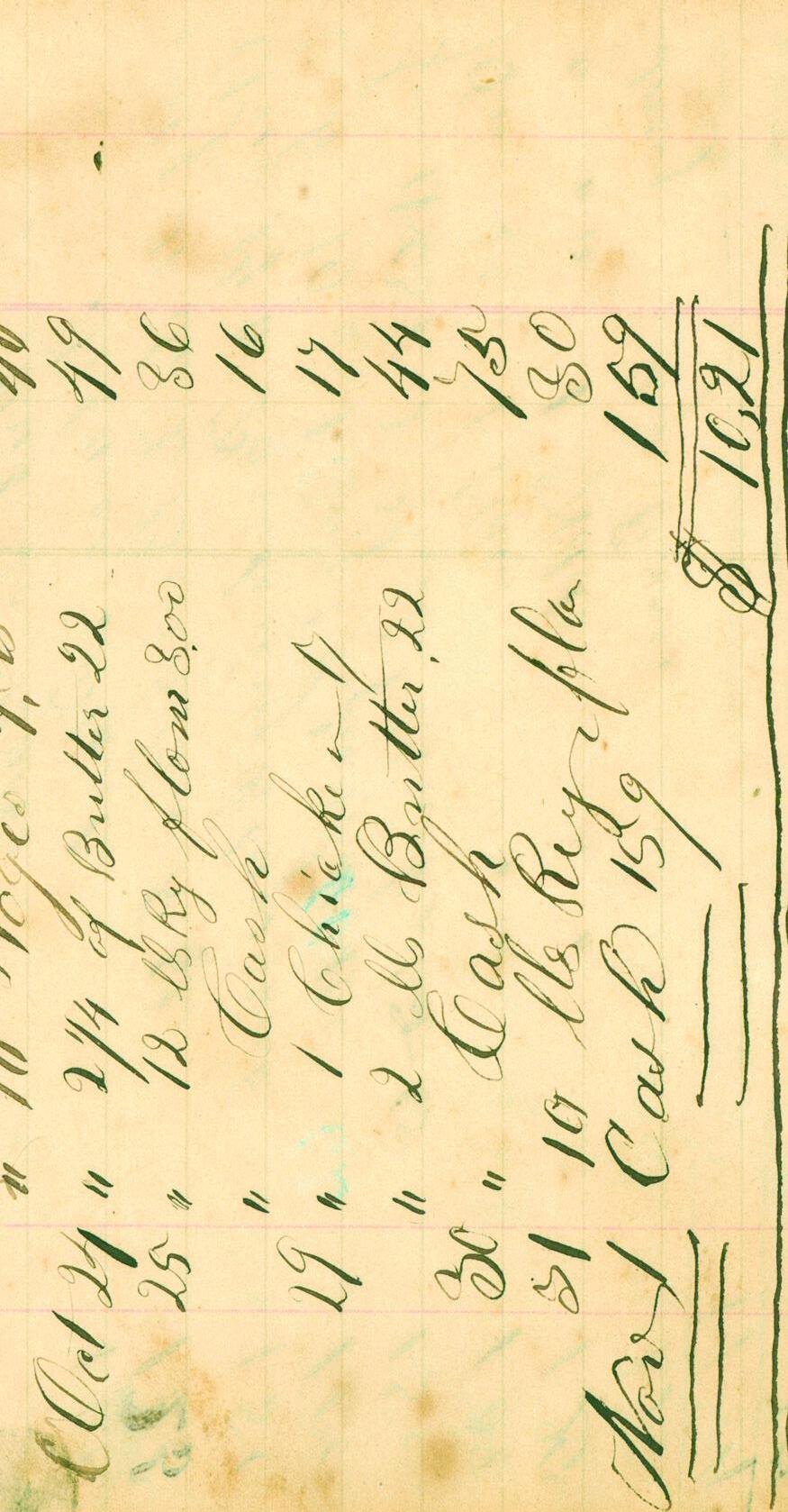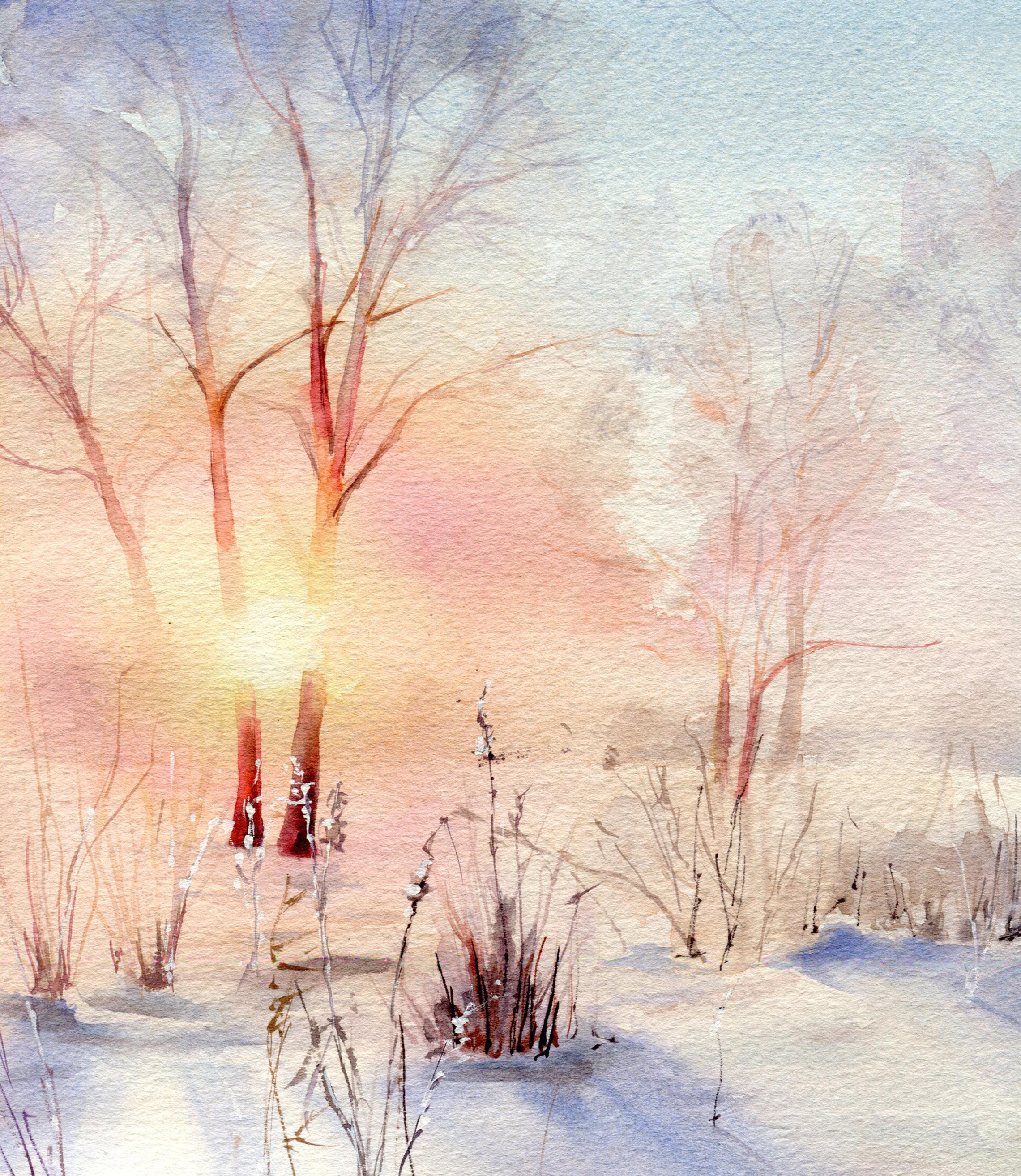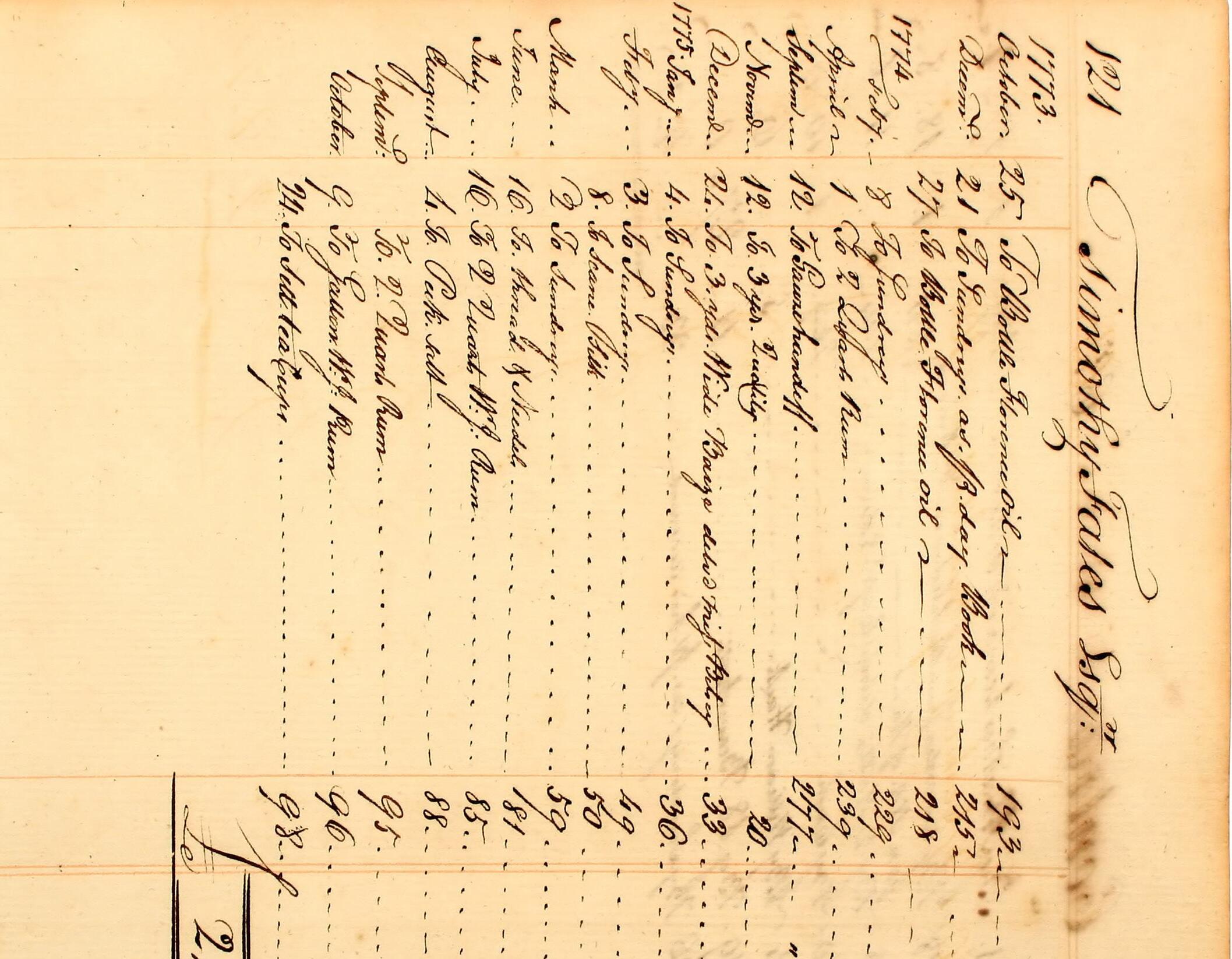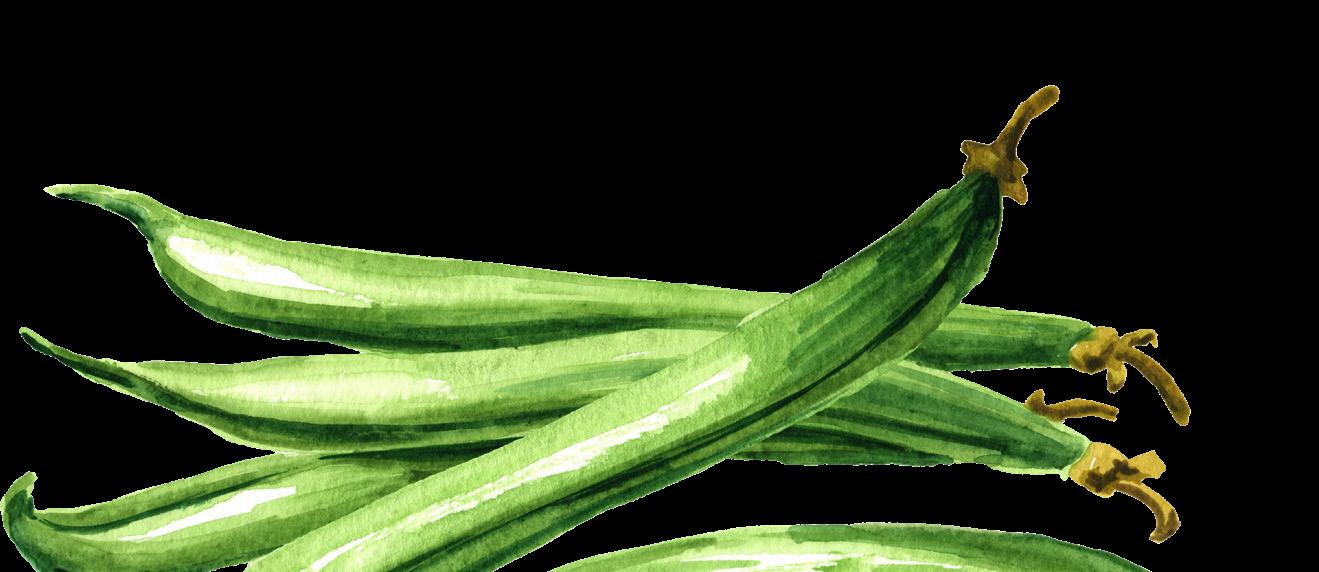

2026 DAKOTA


The Moons of the Lunar Year
Wiyawapi (Counting Moons)
These are the twelve moons that the Mdewa aŋṫuŋwaŋ Da ota observe throughout the year. Traditionally, the Dakota New Year (Óma a Ṫéca) starts with the spring season. A Dakota year will have the following twelve moons:
Dakota
Iṡta Wiċayazaŋ Wi
Maġa Okada Wi
Wóżupi Wi
Ważuṡteca Ṡa Wi
Ċaŋṗa Sápa Wi
Wasuṫuŋ Wi
Psiŋhnaketu Wi
Wáżupi Wi
Ṫahecapṡuŋ Wi
Ċaŋṗopapi Wi
Wiṫeḣi Wi
Wiċa Owe Wi


English
Sore Eyes Moon
Geese Egg Laying Moon
Planting Moon
Strawberry Ripening Moon
Chokecherry Ripening Moon
When Things Ripen Moon
Wild Rice Storing Moon
Final Harvest Moon
Deer Break Off Antlers Moon
Tree Popping Moon
Time of Hardship Moon
Tracks of the Raccoon Moon
Season
Wétu (Spring)
Mdoketu (Summer)
Ptaŋyetu (Autumn)
Waniyetu (Winter)
However, because the Dakota follow a thirteen lunar moon cycle, some years will have a thirteenth moon. It should also be noted that the seasons slightly shift when there are thirteen moons.
The thirteenth moon can be either of the following:
Waniċokaya Wi
Mdokeċokaya Wi
Midwinter Moon
Midsummer Moon
Calendar Months
A traditional Dakota moon does not fit into one civil (Gregorian) calendar month. Recently, there are some that use our Dakota moon names for the months of a civil (Gregorian) calendar. The following can be used instead as names for the calendar months:
Month
January
February
March
April
May
June
July
August
September
October
November
December
Dakota
Wi Ṫokaheya
Wi Inuŋpa
Wi Iyamni
Wi Itopa
Wi Izaptaŋ
Wi Iṡakpe
Wi Iṡakowiŋ
Wi Iṡahdoġaŋ
Wi Inapciŋwaŋka
Wi Iwikcemna
Wi Ia ewaŋżi
Wi Ia enuŋpa
English
First Month
Second Month
Third Month
Fourth Month
Fifth Month
Sixth Month
Seventh Month
Eighth Month
Ninth Month
Tenth Month
Eleventh Month
Twelfth Month



SCAN TO HEAR DAKOTA LANGUAGE!

Weekdays
Traditionally, a seven-day week is not a Dakota concept. However, after contact with settlers, the following terms have been used to refer to the days of the week.

Day of the Week Monday
Aŋpetu Ṫokaheya
Aŋpetu Inuŋpa
Aŋpetu Iyamni
Aŋpetu Itopa
Aŋpetu Izaptaŋ
Aŋpetu Iṡakpe
Aŋpetu Iṡakowiŋ
English
First Day
Second Day
Third Day
Fourth Day
Fifth Day
Sixth Day
Seventh Day
Concept of a Year
In the Dakota language, the word for year is óma a. The word for winter is waniyetu. In the Dakota culture, the year ends as the winter season ends and spring begins. Surviving the winter and seeing the earth become anew is very important to Dakota people. When talking about our age, we refer to how many winters we have survived. For example, see the following and try it yourself!
Q: Waniyetu nitonakca he?
(How many winters are you?) / (How old are you?)
A: Waniyetu wikcemna mayamni!
(I am 30 winters [years] old!)
A: Waniyetu mawikcemna!
(I am ten winters [years] old!)
A: Waniyetu wikcemna tópa sam mazaptaŋ!
(I am 45 winters [years] old!)
Waniyetu Wówapi
Counting moons (wiyawapi) is a traditional way of recording time throughout a year. Winter counts (waniyetu wówapi) are used to record years throughout generations. A winter count is usually a buffalo (ṫaṫaŋka) or deer (ṫáḣca) hide that is painted on. At the end of a Dakota year/winter, winter count keepers determine a significant occurrence of the past year/winter, and this would be painted onto the hide. This was done at the end of the year/winter, which would be during March in a civil (Gregorian) calendar.



Waning Crescent
Haŋwi T ’ e Kte
Moon Will Die
New Moon
Haŋwi T ’ a
Dead Moon
Third Quarter
Haŋwi Haŋke Ehake
Last Half Moon
Waning Gibbous
Haŋwi Yaṡpapi
Bitten Off Moon
Exploring MOON PHASES the cycle of
Waxing Crescent
Haŋwi Ṫéca
Young Moon
Full Moon
Haŋwi Hmibe
Circular Moon
First Quarter
Haŋwi Haŋke Ṫokaheya
First Half Moon
Waxing Gibbous
Haŋwi Ożudaŋ Áya
Moon Becoming Full


Man in the
Moon?


Some Dakota people say a buffalo can be seen in the moon. As Dakota people, we respect and honor the Ṫaṫaŋka Oyate, the Buffalo Nation.




SCAN TO HEAR DAKOTA LANGUAGE!

Wiṫeḣi Wi
Time of Hardship Moon
December 19-January 17
wi – moon/time ṫeḣi – difficult or terrible wi – moon
This is usually the coldest time of the year. Bison robes are sometimes stacked five high. In addition to the extreme coldness and heavy snowfall, some people become ill. Although this is one of the hardest times of the year, this is also the time when storytelling takes place. Families get together and spend time with one another. One of our Dakota values, Wóokiya, is demonstrated by checking up on your elders and other family members to see if they are doing fine, and to offer support when needed.


JANUARY 2026

Haŋwi Haŋke Ehake (Third Quarter Moon)
Wi (Time of Hardship Moon) Ends
Wiċa Owe Wi (Tracks of the Racoon Moon) Begins
Haŋwi Haŋke Ṫokaheya (First Quarter Moon)


Wiċa Owe Wi
Tracks of the Raccoon Moon
January 18-February 16
wiċa – raccoon owe – tracks wi – moon

The name of this moon comes from a story about male raccoons during mating season. They tend to stay in dens or hollow trees during the coldest times of the winter. However, the air temperature during this moon fluctuates—the morning can be very cold, but the afternoon can be a little warmer. This can confuse the male raccoons to come out too early. It is said that one winter, a male raccoon climbed down from his tree too early. There were no female raccoons to be found. He paced in circles around his tree trunk. His path wore down the snow all the way to the ground.



FEBRUARY 2026


Wiċayazaŋ Wi
Sore Eyes Moon
February 17-March 17
iṡta – eyes wiċa – human yazaŋ – sore wi – moon


Winter is finally coming to an end. This is a time when Dakota people finalize their winter count (waniyetu wówapi). It is getting warmer and the snow starts to melt during the day. However, at night, the snowpack freezes again. On sunny days, a strong glare will reflect off of this icy snowpack. The glare is so strong that it can make your eyes sore. There is a story of long ago, when a Dakota woman became blind due to this harsh glare. Hunters had to be particularly careful during this time. Today, be sure to wear your sunglasses during long daytime trips.
MARCH 2026
Iṡta Wiċayazaŋ Wi (Sore Eyes Moon) Ends
Haŋke Ehake (Third Quarter Moon) Creation of BIA (1824)
Maġa Okada Wi (Geese Egg Laying Moon) Begins Haŋwi T’a (New Moon)
Ṫéca (New Year) Wétu (Spring)
Haŋke Ṫokaheya (First Quarter Moon)

OkadaMaġaWi
Geese Egg Laying Moon
March 18-April 16
maġa – goose okada – to lay eggs wi – moon
In our Dakota culture, the new year begins with the spring season. After a sometimes long, difficult winter, the arrival of spring is well received. The return of Canada geese through the camps of the Mdewa aŋṫuŋwaŋ Da ota is one sign that winter has ended and spring is here. In the past, food storage containers may have been severely depleted by the end of winter. The geese and their eggs provided a much-needed food source in the spring. The arrival of geese also lets us know that the ice is melting and the water ways are beginning to open up.





APRIL 2026
Iṡakowiŋ
Maġa Okada Wi (Geese Egg Laying Moon) Ends Wóżupi Wi (Planting Moon) Begins Haŋwi T’a (New Moon)


Planting Moon
April 17-May 15
wóżu – to plant pi – plural ending wi – moon

The very beginning of summer is the time to plant your garden. Even historically, Mdewa aŋṫuŋwaŋ Da ota had gardens that they maintained throughout the summer—the women and children sat on raised wooden platforms to keep a watch on their growing food. Today, the Shakopee Mdewakanton Sioux Community operates Wóżupi Tribal Gardens, which grows certified-organic vegetables, herbs, and fruit. The farm also produces maple syrup.



MAY 2026

Moon)


Ważuṡteca Ṡa Wi
Strawberry Ripening Moon
May 16-June 13
ważuṡteca – strawberry ṡa – red wi – moon
Berries, and particularly strawberries, provide many vitamins and nutrients. In the past, wild strawberries were very abundant and were heavily foraged for their nutritional benefits. It was important to know when strawberries became ripe, so that they could be harvested before they were eaten by animals and birds. Today, you can plant strawberries in your backyard and harvest them during this time.



JUNE 2026
Iṡakowiŋ
Mdokecokaya Wi (Midsummer Moon) Begins
Victory Day (The Battle of Little Bighorn) (1876)
Haŋwi T’a (New Moon)
Haŋke Ehake (Third Quarter Moon)
(1934)
Mdoketu (Summer)
Mdoke Wi Iṗa (Summer Solstice)
Haŋwi Haŋke Ṫokaheya (First Quarter Moon) Victory Day (The Battle of Little Bighorn) (1876) Smoke Signals Premieres (1998) 28 29 30
Haŋwi Hmibe (Full Moon) U.S. vs. Sioux Nation (1980)

Ważuṡteca Ṡa Wi (Strawberry Ripening Moon) Ends

Midsummer Moon
June 14-July 13
mdoketu – summer cokaya – middle or center wi – moon
Some people are unaware of the bark lodges used by Dakota people. Many think that only tipis were used as homes. However, bark lodges were the homes of the Dakota along the river during the warmer moons. Men and women shared the respon sibilities of building bark lodges. These lodges are waterproof, sturdy, and are equipped with benches, drying racks, and storage areas. You can experience a small model of a bark lodge inside the cultural exhibit at Hoċokata Ṫi: hocokatati.org






JULY 2026
Mdokecokaya Wi (Midsummer Moon) Ends Ċaŋṗa Sápa Wi (Chokecherry Ripening Moon) Begins Haŋwi T’a (New Moon)

Hmibe (Full Moon) Tribal Law & Order Act (2010)
SCAN TO HEAR DAKOTA LANGUAGE!
Wasuṫuŋ Wi
When Things Ripen Moon
August 12-September 9
wa – generalizing term suṫuŋ – ripening of seeds wi – moon

The Dakota word for seed is su. During this moon, many of the fruits and vegetables with seeds become ready to harvest. These include squash, wild plums, beans, and corn. In the past, seed saving was very important for survival. While much of the food was eaten, time was taken to properly dry and store their seeds. Other tribes were often contacted and seeds were traded for goods. Today, plum seeds are used in traditional regalia and in a game called áŋta su.




AUGUST 2026
Iṡakowiŋ Aŋpetu Ṫokaheya
Mystic Lake Hotel Opens (1996)
Ċaŋṗa Sápa Wi (Chokecherry Ripening Moon) Ends American Indian Religious Freedom Act (1978) Wasuṫuŋ Wi (When Things Ripen Moon) Begins
Dakota-U.S. War Begins (1862)
T’a (New Moon)
Haŋwi Haŋke Ṫokaheya (First Quarter Moon)
Haŋwi Hmibe (Full Moon) Indian Arts & Crafts Board Established (1935)


Psiŋhnaketu Wi
Wild Rice Storing Moon
September 10-October 9
psiŋ – wild rice
éhnaka – to store, put, or stock tu – indicates time wi – moon
Wild rice has always been important to Dakota people. The first harvest begins in present-day northern Minnesota. This was an important time to begin the wild ricing process to create an ample winter supply. Even today, people go out onto the lakes with canoes and wooden knockers to harvest wild rice. It is a lengthy process—harvesting, hulling, drying, and storing—that can take up to several weeks. Today, wild rice can be enjoyed in many dishes.



SEPTEMBER 2026
Wi (When Things Ripen Moon) Ends
Wi (Wild Rice Storing Moon) Begins

of Wood Lake (1862) Haŋwi Hmibe (Full Moon)

Wáżupi Wi
Final Harvest Moon
October 10-November 8
wa – generalization term áżu – to lay up to dry pi – plural ending wi – moon


This moon marks the end of summer and that winter will soon be here. If the first harvest of wild rice is a success, this is one last chance to harvest more. Wild rice once grew in abundance in present-day southern Minnesota and it has always been valued for its high nutrient content. In the past and even today, many gardeners implement successive planting and stagger their crops to vary the harvest dates. It is during this time that the last crops of corn are gathered. This is also a time to prepare for winter by drying and properly storing food for the long winter months ahead.




OCTOBER 2026

Moon)
Wi (Wild Rice Storing Moon) Ends
Wi (Final Harvest Moon) Begins
T’a (New Moon)
Haŋwi Haŋke Ṫokaheya (First
Haŋwi Hmibe (Full Moon)

Ṫahecapṡuŋ Wi
Deer Break Off Antlers Moon
November 9-December 7
ṫa – animals with antlers (deer) he – antlers or horns kapṡuŋ – to break off by hitting wi – moon

It is during this moon that deer go into rut. Bucks even fight with each other. They sometimes hit each other so hard that their antlers break off. Traditionally, Dakota people would not hunt deer during this time. Instead, time was used for preparing their winter camps and finalizing their winter food storage systems. Today, you can still see buck scrapings and broken antlers on the ground while bucks are in rut. The male deer do not naturally shed their antlers until January.



NOVEMBER 2026
Wi (Final Harvest Moon) Ends
(Little Six) and Wakan Ożaŋżaŋ (Medicine Bottle) Execution (1865)

Caŋṗopapi Wi
Tree Popping Moon
December 8-January 6
caŋ – tree
ṗópa – to pop or crack pi - plural ending wi – moon

The temperature is dropping and it is getting very cold. Bison robes would be stacked high to keep everyone warm. As winter sets in, the cold air freezes the lakes and rivers. It is so cold, that if you listen closely, you can hear the ash trees popping. They are sometimes as loud as gunshots. Dakota people take this as a sign to prepare for the very cold time that is about to come. Hunting for deer is also resumed during this time.


DECEMBER 2026

Haŋke Ehake (Third Quarter Moon)
SCAN TO HEAR DAKOTA LANGUAGE!



Dakota people have always had a strong relationship with the land.
We have lived in harmony with nature for thousands of years. Our moons are named after what is happening in our surrounding environment.

Uŋci Mak̇a (Grandmother Earth) provides us with what we need to survive.
Within this calendar, you will find the names, dates, and cultural significance of the traditional Dakota moons of the Ṡákpe Mdewa aŋṫuŋwaŋ—the Shakopee Mdewakanton Sioux Community. A Dakota moon starts on the first day of a new moon (haŋwi t’a) and ends the day before the next new moon—approximately 28-30 days. For ease of understanding, these Dakota lunar cycles have been noted within the framework of the Gregorian 12-month calendar.
Please note, due to slight differences in geographical locations, other Dakota tribes may have varying moon names or dates of occurrences.
Did you know?
The Dakota word for moon is haŋyetuwi (night-time sun; shortened to haŋwi). The Dakota word for sun is aŋpetuwi, or simply wi. Please note that wi is sometimes used for moon (or month).


SHAKOPEE
